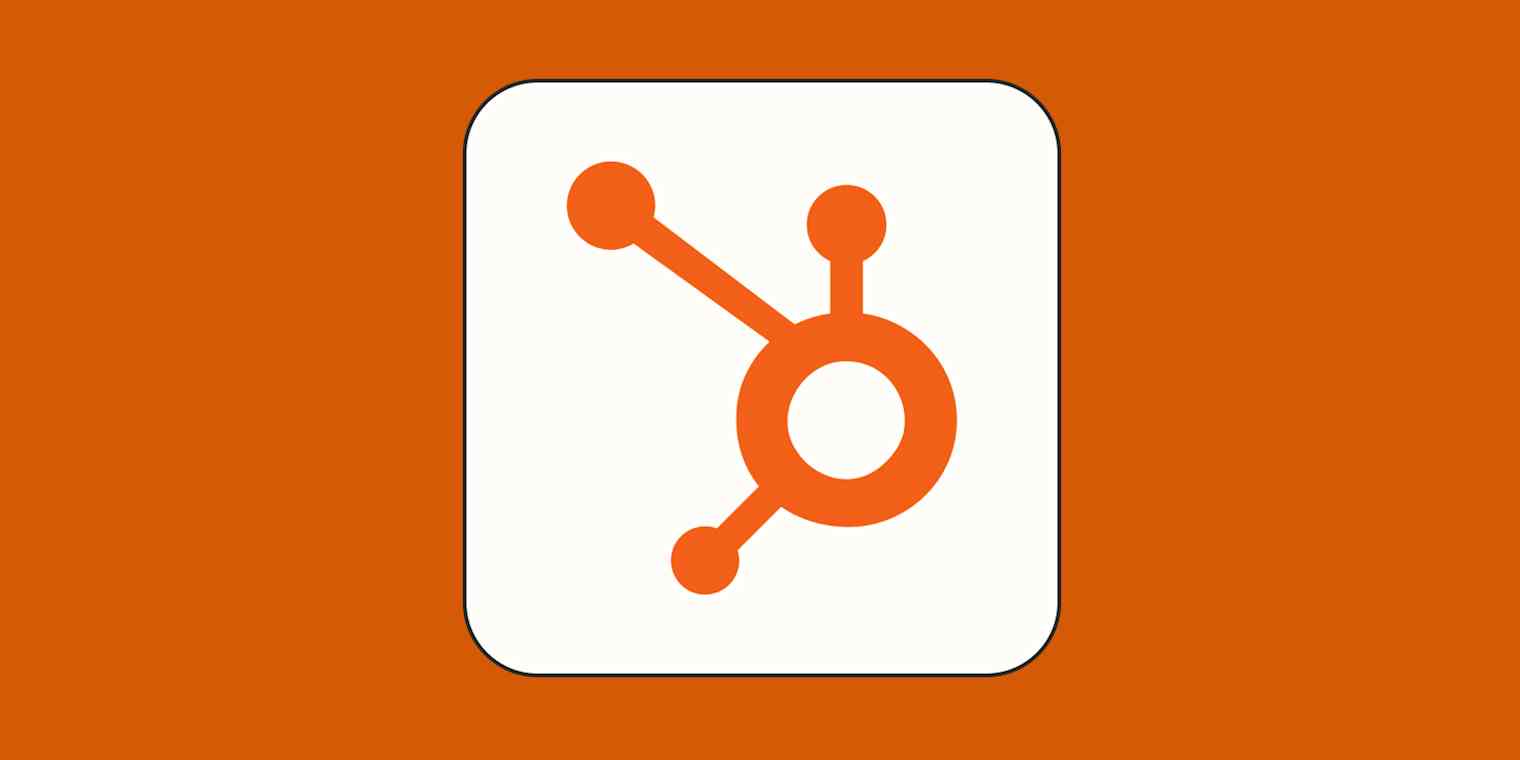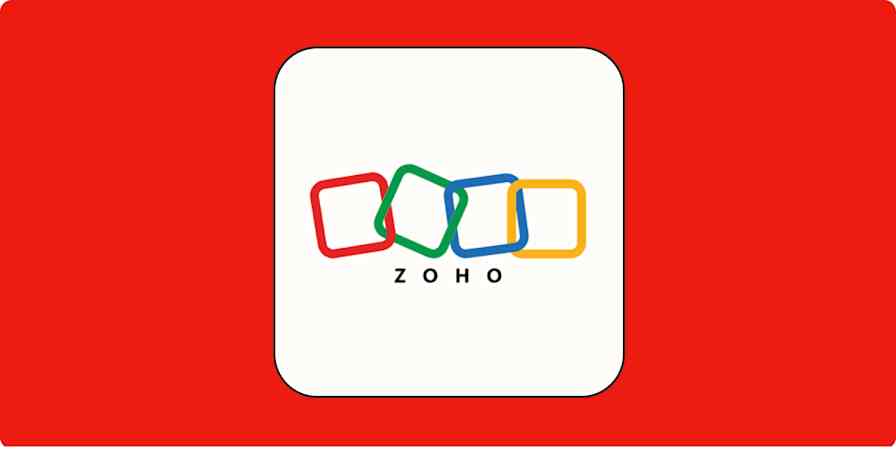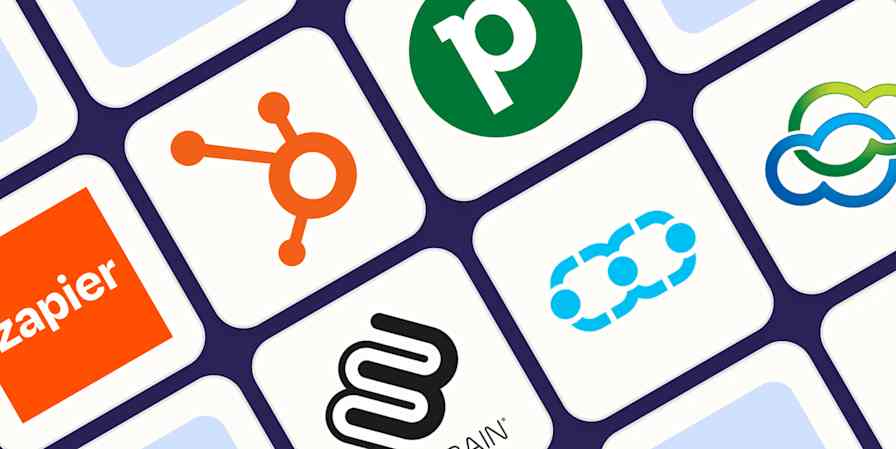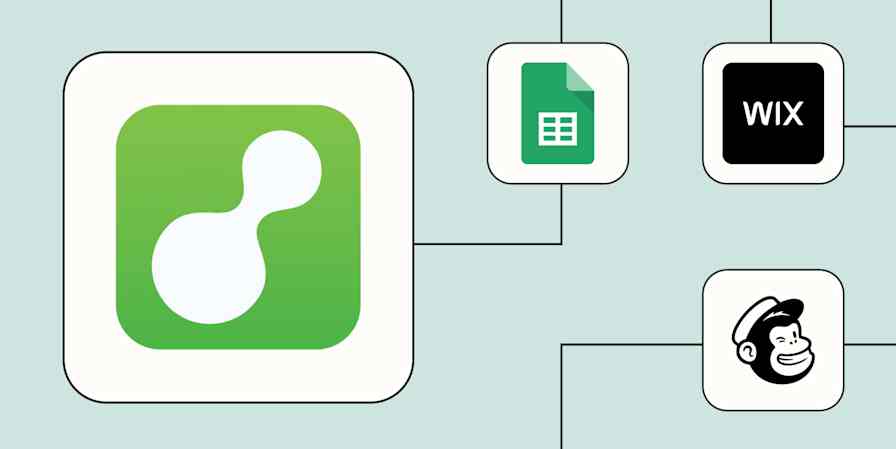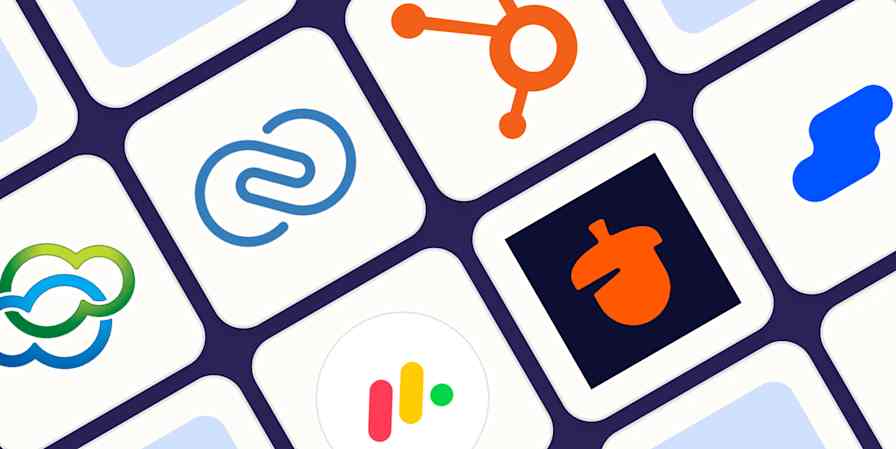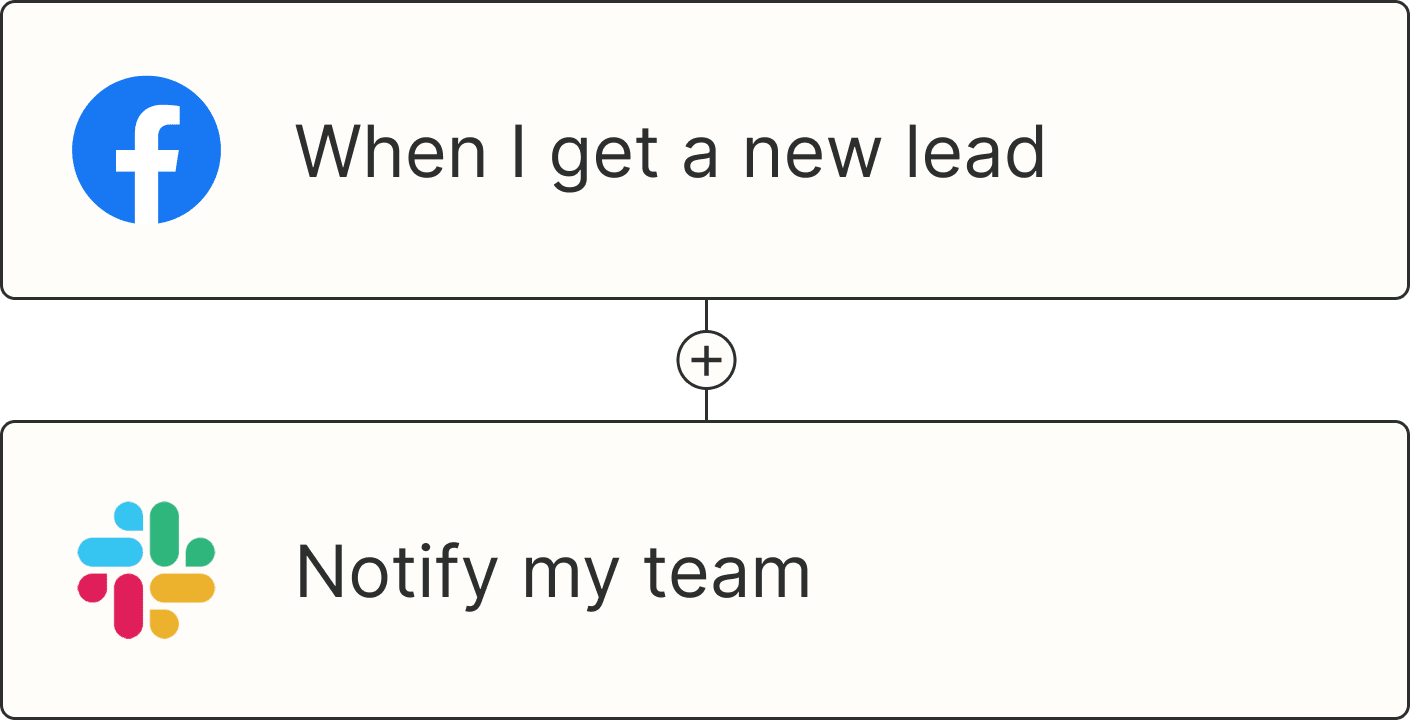HubSpot started as an inbound marketing tool, and today it bills itself as an AI-powered customer platform. But what does that actually mean?
HubSpot is a one-stop shop for managing every stage of the customer lifecycle. Here's a list of some of what HubSpot offers, just to give you an idea of how wide-ranging its features are:
Lead generation forms
Lead management tools (CRM, call tracking, and prospecting)
Social media management
Data quality automations
Invoices and payment links
AI-powered website building
Help desk and customer support ticketing
And that's just the tip of the iceberg. It's worth understanding everything HubSpot can do because choosing the right customer platform can streamline your work and drive revenue. Let's take a look at HubSpot's features.
Table of contents:
What is HubSpot?
HubSpot is most well-known for its powerful CRM and inbound marketing tools, but it's actually organized into six "Hubs" (hence the platform's name) that cover marketing, sales, customer service, content, B2B commerce, and operations.
I'll walk through each of these Hubs in more detail later, but right now all you need to know is that HubSpot has tons of features in each of those six areas.
Who uses HubSpot?
Because of its wide range of tools, HubSpot serves pretty much anyone running a business or working on a marketing, sales, or support team. That's part of why it's hard to grok: it's everything to everyone.
Examples include:
Blog editors who want to add pop-up subscribe modals to their blog
Sales managers who want to identify warm and hot leads to increase sales
Customer service managers who want to follow up on customer complaints quickly
Marketing specialists who want to assess the performance of their campaigns
Folks across GTM teams will find plenty of ways to use HubSpot, and its flexibility means it can work just as well for each team.
The 6 core HubSpot Hubs
The six core functions of HubSpot are called "Hubs," and each Hub comes with its own suite of tools. Click on a Hub name to learn more, or take a look at the table below to help you wrap your head around the setup.
Core focus | Key features | |
|---|---|---|
Marketing Hub | Creating marketing campaigns to attract leads | Lead generation forms Email marketing Social media management Marketing analytics and reporting |
Sales Hub | Leveraging customer data to drive sales and managing customer relationships | CRM Call tracking Pipeline management Sales analytics and forecasting AI-powered prospecting |
Service Hub | Tracking and facilitating customer service | Help desk and ticketing Customer portal Service analytics AI-powered support agent |
Content Hub | Building and managing your website | Scalable CMS A/B testing SEO recommendations AI-powered content creation |
Operations Hub | Streamlining processes for your team | Team management and permissions Data management and syncing Workflow extensions and automation |
Commerce Hub | Collecting, tracking, and managing payments for your business | Invoices and quotes Payment processing Subscription billing Revenue reporting |
HubSpot Marketing Hub
HubSpot can be a pretty phenomenal all-in-one marketing tool that keeps all of your data under one convenient roof. Having all of your marketing campaigns and data in one space helps you avoid silos and creates transparency for your team—and gives you a comprehensive overview all in one spot.

Their marketing suite of features includes:
An online form builder
SMS marketing tools
Lead scoring
Campaign management
Social media management, including an AI-powered social media agent
PPC ad tracking and management from the major ad platforms
Marketing analytics, dashboards, and reporting
Breeze, HubSpot's comprehensive AI solution
HubSpot Sales Hub
When you think of HubSpot for sales, you probably immediately think of their free CRM.

But HubSpot's sales software is more than just a standard CRM; it includes all sorts of features designed to help you drive sales. The HubSpot Sales Hub includes the following features:
Lead management and prospecting, including an AI-powered prospecting agent
Conversation tracking, including calls and emails
Email templates
Sales automation
Meeting scheduling
Quote generation
Document tracking
Sales playbooks and AI-guided selling
Sales analytics, reporting, and forecasting
HubSpot Service Hub
HubSpot's Service Hub is—no surprise—centered around customer service. For anything you need to do to support your customers and create a frictionless experience, HubSpot Service has you covered.

The suite as a whole includes all of the following features (but the extent of the features available to you differ from plan to plan):
Streamlined help desk and ticketing, which includes routing tickets to prioritize critical issues
Live chat support for customers on your website, with smart routing
A dashboard combining messages from the team's email, live chat, and messenger—plus a mobile inbox
Knowledge base support to set up searchable resource libraries
Customer portals to keep ticket conversations going between your team and your customers
SLA and customer feedback management
AI-powered customer support agents, insights, and coaching
Customer service automations to save your team time
Customer support analytics, reporting, and forecasting
HubSpot Content Hub
HubSpot's Content Hub is a robust take on the traditional content management system (CMS). You can build a website for your business here, spinning up landing pages, blog posts, podcasts, and more—then optimize them using AI-powered tools for SEO and testing.

Other features of the Content Hub include:
AI-powered website building tools
A drag-and-drop design editor
A case study generator
Embeddable content for personalized web experiences
SEO recommendations for every page
Memberships and subscriptions
The ability to fully and easily integrate your site data with your CRM
A/B testing
Content analytics
HubSpot Operations Hub
If your business is trying to scale, you should consider taking a look at HubSpot's Operations Hub. It focuses on automations that can free you and your team up to complete other tasks.

It's also designed to increase data accessibility and accuracy, so you always have the information and insights you need to make strategic decisions. Features include:
Data collection and calculations
Data sharing with Snowflake
Custom report builder
Programmable automation and workflow extensions that trigger third-party actions
Team management and permissions
HubSpot Commerce Hub
No matter what your business sells, you need to be able to charge customers for purchases. And if your sales cycle involves estimates or purchase orders, you need a fair amount of bookkeeping power on top of your CRM.

That's where HubSpot's Commerce Hub comes in. It offers all the functionality you need to track and collect payments, regardless of what your business model is. Features include:
Invoice and quote creation
Payment links and processing
Subscription plans
B2B checkout experiences built on top of your HubSpot CRM
HubSpot pricing
With a lot of features comes some relatively complex pricing. But once you understand the structure, it's pretty easy to figure out which plan to choose.
HubSpot's free plan
HubSpot's free plan includes some features from each of the different Hubs (payment unlocks more functionality, of course). Free features include:
Up to 2,000 1-to-1 email sends per calendar month (marketing emails not included)
Some form functionality
1 personal meeting scheduler link
1 deal pipeline per account
1 ticket pipeline per account
Up to 30 website pages
Up to 2 reporting dashboards
Lots of standalone free tools
HubSpot's paid plans
While the free plan is great for dipping your toes into the world of HubSpot, it's not robust enough for most businesses. When it comes to paid plans, HubSpot's pricing is based on a few factors:
Whether you want the full customer platform or a specific set of Hubs
The size of your business and how many seats you need
Whether you want to pay monthly or annually
HubSpot allows a lot of flexibility when it comes to bundling Hubs together and selecting the number of seats, so I won't outline every option here. You can even select AI credits and API limit increases separately, as add ons—so you can essentially customize your HubSpot plan to fit your unique business needs.

Take a look at the Create a Bundle page to see what I mean—and be warned: those costs will increase pretty quickly as you add in what you need.
Automate HubSpot
HubSpot natively integrates with more than 1,000 other apps, so it can talk to whatever other software you use every day. Your data will flow, and no silos will be had.
If you can't find the integration you need, you can use Zapier to connect HubSpot to thousands of other apps. Keep HubSpot up to date with information from other apps, send notifications for time-sensitive changes, and connect any app to HubSpot with webhooks—all with no code. Learn more about how to automate HubSpot, or get started with one of these pre-made templates.
More details
More details
Zapier is the most connected AI orchestration platform—integrating with thousands of apps from partners like Google, Salesforce, and Microsoft. Use interfaces, data tables, and logic to build secure, automated, AI-powered systems for your business-critical workflows across your organization's technology stack. Learn more.
Read more:
This article was originally published in March 2022 by Ana Gotter. The most recent update was in February 2025.
